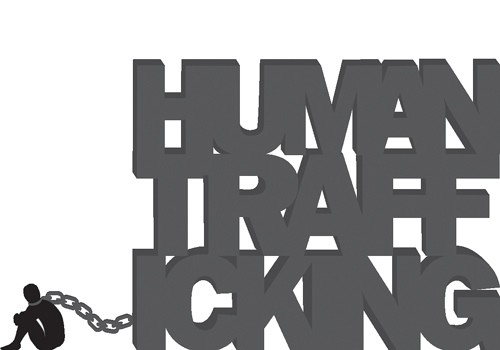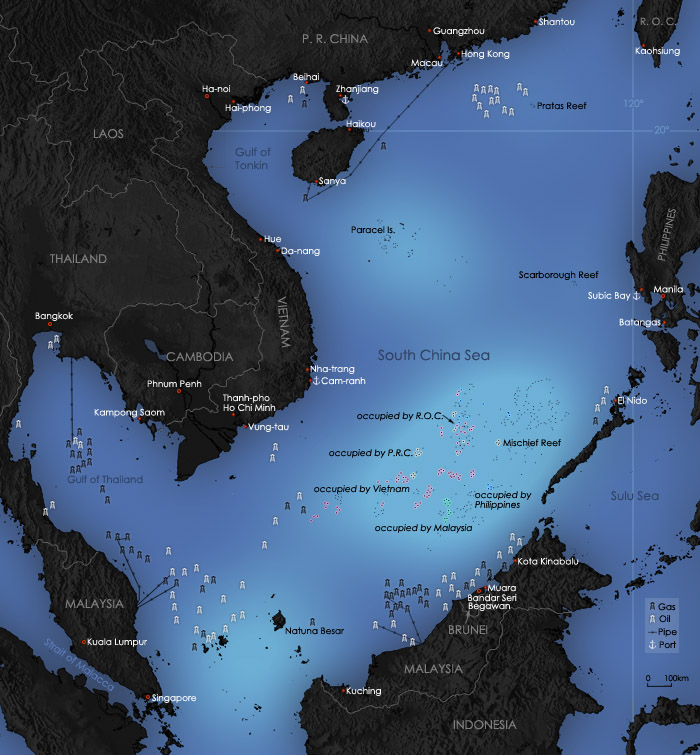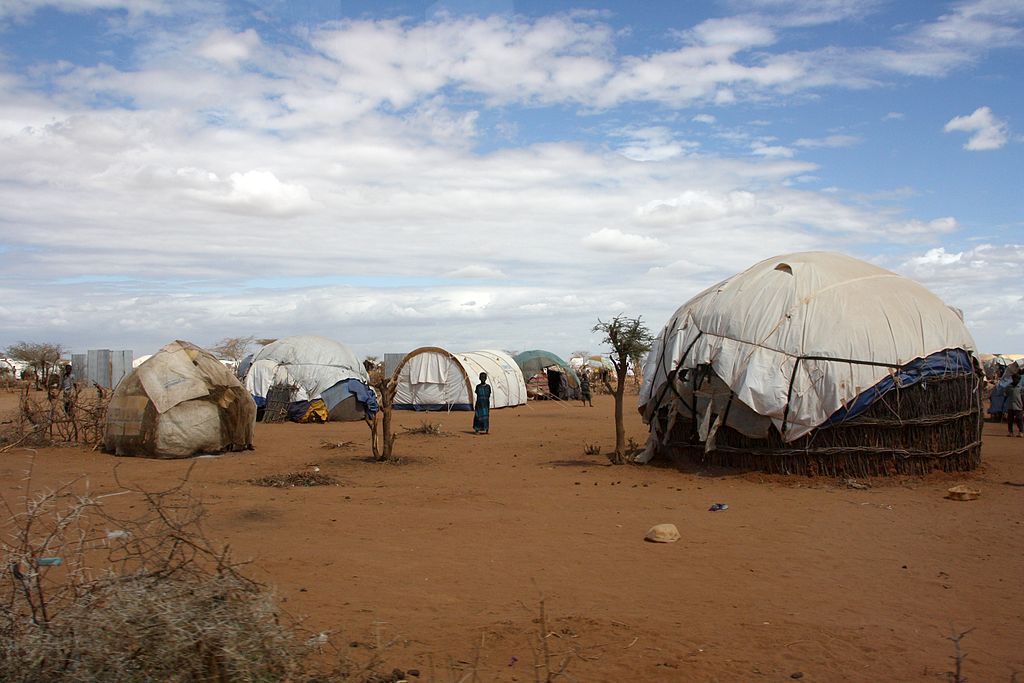Media efforts, such as billboard ads and viral videos, have proven effective in raising awareness about human trafficking, prompting many to become more educated. However, these advertisements only associate sexual exploitation with human trafficking, neglecting many other types of modern slavery. Human trafficking involves more than just sexual exploitation, often including the trade of humans for the purpose of forced labor, marriage, or the extraction of organs and tissues. In total 20.9 million people are estimated to be victims of this modern slavery worldwide. In Canada, many of the 1200 Aboriginal women who have been murdered or are unaccounted for over the past 30 years are believed to have been trafficked, accounting for half of all human trafficking incidents in Canada.
While human trafficking is often associated with human smuggling, the two activities are not the same. Human smuggling, or illegal immigration, involves a transaction of payment for travel. In contrast, human trafficking is often not consensual, and does not require cross-border activity. Those who are trafficked are enslaved, and their vulnerability is exploited. The most common form of trafficking is forced labor, involving an estimated 16.4 million people.
Human traffickers control their victims through psychological intimidation, such as threatening their loved ones. These threats are not groundless, as officials will occasionally treat trafficked victims as associates of their handlers, sometimes deporting them back to their country of origin. Direct violence rarely occurs, as any permanent damage caused to victims reduces their market value.
According to the U.S. State Department, approximately 18,000 people are trafficked to the U.S. each year. The U.S. has implemented a global tier system rating each individual country on their ability to adhere to certain regulations and protocols in an effort to fight human trafficking. Top tier countries are most commonly found in Western Europe or Common Wealth countries. The majority of nations rated in the system are considered tier 2, numbering 93 nations in total. Most tier three countries can be found in East Asia and Africa. Malaysia and Thailand are commonly known as hubs for trafficking.
Syria has recently become a tier 3 country according to U.S. standards. “I can say that due to the armed conflict in Syria the number of human trafficking rings is increasing and the number of victims are increasing,” said Lebanese Colonel Elias Asmar. While officials maintain that security protocols are in place to protect refugee camps from becoming trafficking havens, there exists a lack of cooperation and response on the part of the Syrian government.
New media has altered crime and assisted police greatly. While the trade in human beings has been more easily facilitated through the online world, police have also been able to use media platforms to fight trafficking. Tactics such as crowd sourcing have grown in use and illustrate the importance of public awareness concerning human trafficking and its effects.





